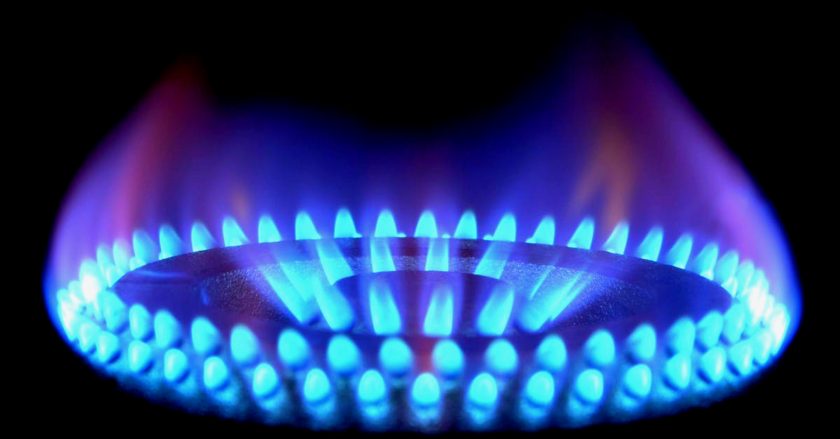UK inflation has hit a new 40-year high driven by rising energy and food costs

U.K. consumer price inflation rose by 11.1 % in the 12 months to October, reaching its highest point in 40 years, according to the Office for National Statistics (ONS).
Inflation went up from, 10.1% in September, after dropping to 9.9% numbers in August.
A jump in energy costs, despite the Energy Price Guarantee (EPG), and rising food prices, which rose by 16.4 per cent – the biggest annual increase since 1977 – pushed CPI inflation to 11.1 per cent in October up from 10.1% in September.
The ONS measures the price of a ‘basket’ of goods and services every month.
The overall price of this ‘basket’ is compared to the price one year ago, and the rate of inflation is calculated as the percentage change in price.
The largest upward contributions to the annual inflation rate in October 2022 came from housing and household services, principally from electricity, gas, and other fuels, food and non-alcoholic beverages, and fuel.
Grant Fitzner, Chief Economist at the ONS said: “This is because a greater proportion of their expenditure is spent on essentials than high-income households”.
“Increases across a range of food items also pushed up inflation. These were partially offset by motor fuels, where average petrol prices fell on the month, while the price for diesel rose, taking the disparity in price between the two fuels to the highest on record.”
“There was further evidence that costs facing businesses are rising more slowly, driven by crude oil and petroleum prices.”

Despite the introduction of the government’s Energy Price Guarantee, gas and electricity prices made the largest upward contribution to the change of inflation rates between September and October 2022.
In October 2022, households are paying, on average, 88.9% more for their electricity, gas, and other fuels than they were paying a year ago.
There were also increases from rising food and non-alcoholic beverage prices.
“The increase in the annual rate for food and non-alcoholic beverages between September and October 2022 was driven by price movements across 10 of the 11 more detailed classes. The largest upward effect came from milk, cheese, and eggs, where prices for shop-bought milk and cheddar cheese rose between September and October 2022 but by more than between the same two months in 2021.” The ONS notes.
As lower income households spend more of their budgets energy bills and food their effective inflation rate is higher than average: 12.5 per cent for the poorest tenth of households, compared to 9.6 per cent for the richest ten per cent. The Foundation calculates that this 2.9 percentage point cost-of-living gap is likely as its highest level since at least 2006 when records began.
Jack Leslie, Senior Economist at Think Tank, The Resolution Foundation, said:
“Everyone in Britain is affected by double digit inflation – which has caused pay packets to shrink at record rates. But some groups are more effected than others, and Britain now has a significant cost-of-living gap between rich and poor households.
“Rising energy bills and rapid food prices mean that low-income households now face an effective average inflation rate of around 12.5 per cent, while in the cold winter months, the over 80s are already facing inflation rates of around 15.3 per cent.
“This shows why the Chancellor needs to protect vulnerable households through the ongoing cost-of-living crisis when he sets out his Autumn Statement.”
Spotted something? Got a story? Email: [email protected]
Latest News
